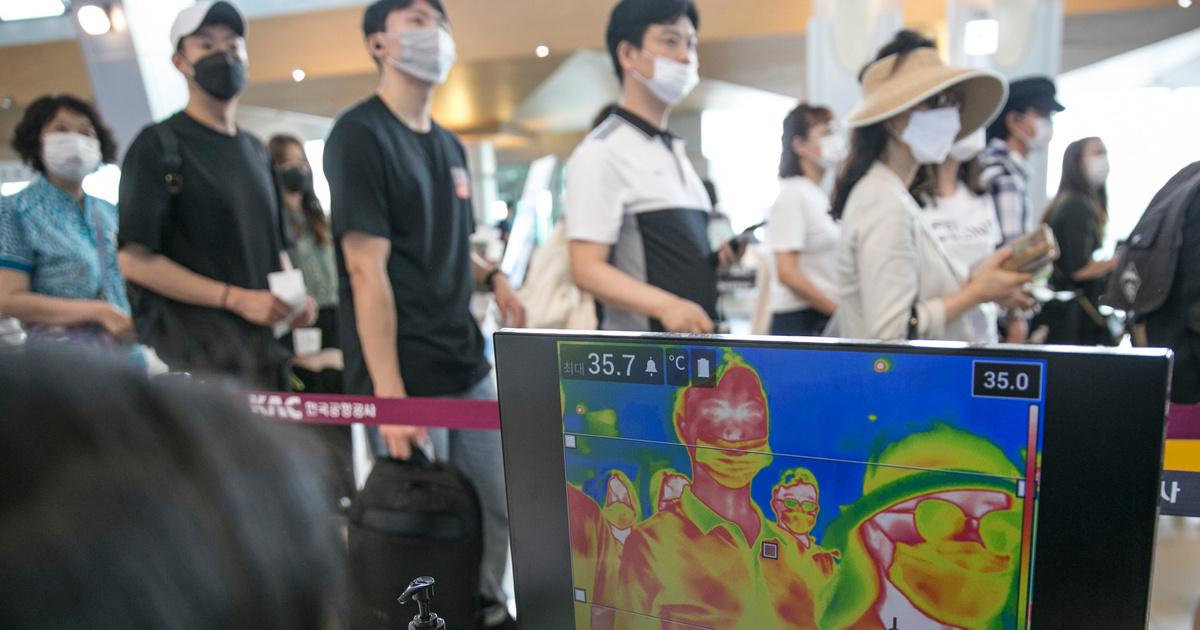Thermal cameras, as is well known, convert infrared heat into visible light, so they are excellent for identifying and monitoring animals, people, or heating machinery and electrical equipment. Heat representation is very useful in various industries, from military engineering to hunting, from civil engineering to espionage.
Not only is infrared light used by the James Webb Space Telescope to discover the first galaxies in the universe, but it can also be used to measure cluster temperatures in the event of an epidemic or to search for people trapped under rubble in an earthquake-hit area. However, such a camera is not a cheap hobby, so it has not spread beyond narrow areas of application. Until now.
Flinders University staff reported this Advanced optical materials In a trade journal, the general public will soon be able to fit a thermal camera in their pocket with the cheap lens they have developed.
What makes these cameras so expensive is that they require a special lens, made of germanium or selenium, that can focus rather than absorb infrared radiation. Some of the required materials are rare while others are toxic.
The new lens developed by Australian specialists is made from a more common polymer rich in carbon and cyclopentadiene, which can be processed using simple plasticization techniques, meaning it is simpler, less energy-demanding and can be produced in any shape.
The new material is not transparent in the visible light range, that is, completely dark, but at the same time it is more transparent in the infrared range than any other plastic known today.
Cheap thermal cameras have many areas of application where technical development cannot advance due to the above limitations. In the case of self-driving cars that see through fog, producing millions of germanium lens systems would be problematic, while in agriculture, for example, to check the efficiency of irrigation, that would probably have been a very expensive hobby in most places.
Cheap thermal cameras may not only appear in cell phones or home electronic systems in the future, but they can also be used to build a new generation of miniature smoke detectors.












































